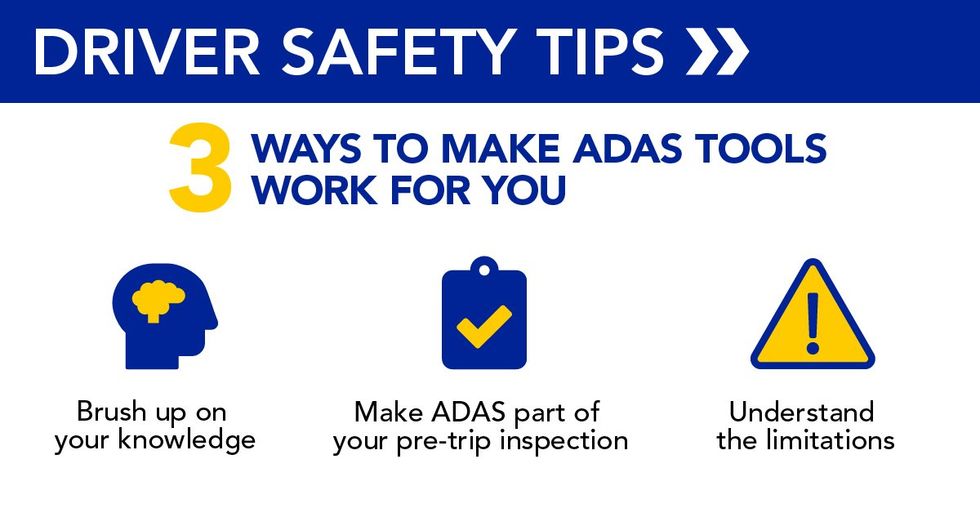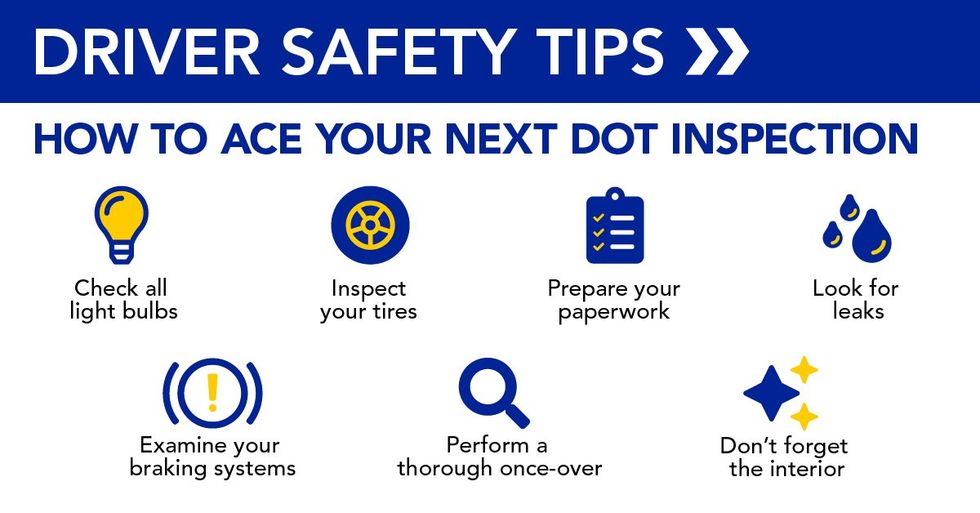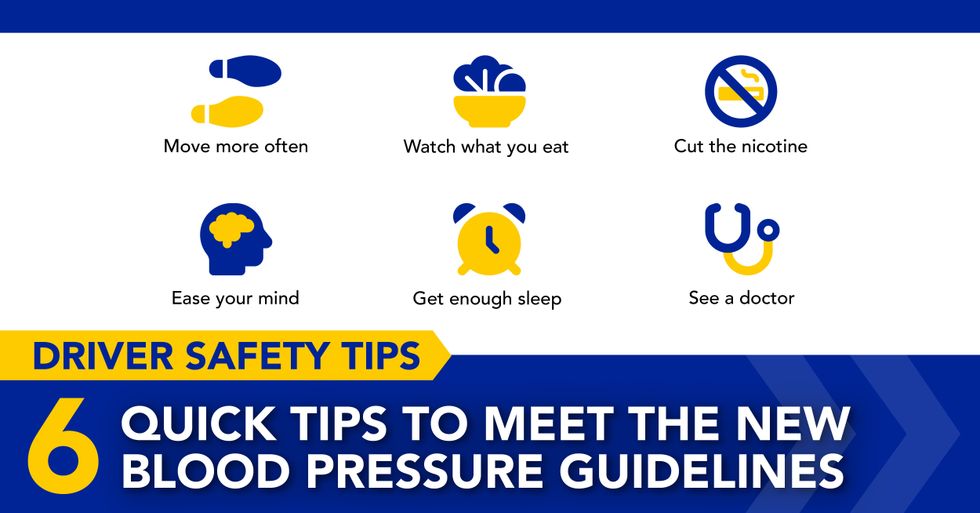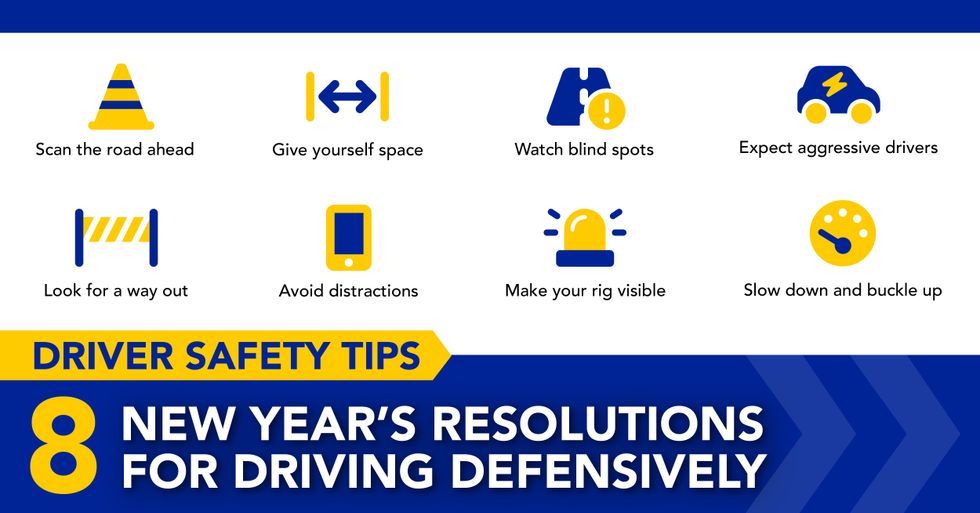Holiday Driving: How To Protect Yourself & Your Cargo
For professional drivers, ‘tis the season for caution. Christmas and New Year’s bring crowded roadways and a higher risk of cargo theft. The best present you can give yourself is the gift of safety. Here’s how to avoid accidents and protect your freight during the most wonderful time of the year.
Keep Your Focus on the Road
Any lapse in attention in heavy traffic can cause accidents. And during the holidays, danger lurks around every corner. Last season, 119 million motorists hit the roads between Dec. 21 and Jan. 1, according to the American Automobile Association (AAA). Keep your eyes on the road and follow these tips:
Leave early.
Travel times can increase by 30% during the holidays. Leaving early - before the traffic increases for the day will help you avoid the temptation to speed.
Avoid high-traffic areas.
Plan ahead and expect congestion near big cities and major shopping centers. Use GPS to steer clear of bottlenecks.
Watch your speed and space.
Drive at or below the posted speed limit. Leave at least four seconds between you and the car ahead in good weather. Leave more space during inclement weather or congested traffic conditions.
Lock up your phone.
Don’t text while driving. Skip distractions like eating or adjusting the radio. You should be using a hands-free device if you must utilize a cellular device while on the road.
Get your rest.
Driving on just four to five hours of sleep is as risky as driving with a 0.08 blood alcohol concentration. Less than four hours doubles the risk, says AAA. Always obey hours-of-service (HOS) rules and take your mandatory 30-minute breaks every eight hours.
Move over.
All 50 states and D.C. now require trucks to change lanes or slow down for vehicles stopped on the shoulder.
Secure Your Load
The 2024 holiday season saw 261 cargo thefts, a number that rises every year, according to CargoNet data. Household goods, food and beverages, and electronics are the top targets. Protect your freight with these reminders.
Don’t leave your truck idling.
It could signal to thieves that your truck is unattended.
Park in brightly lit locations.
Avoid dark truck stop corners, shoulders or abandoned lots.
Check your trailer seals.
Before, after and during your route, double-check that doors are fully closed and properly latched.
Keep freight secured.
Use tie-downs and load bars, and evenly distribute the weight.
Secure your cab.
Lock all doors and hide all valuables, including your cell phone.
Always stay alert.
If you see anything suspicious, let dispatch know immediately.




